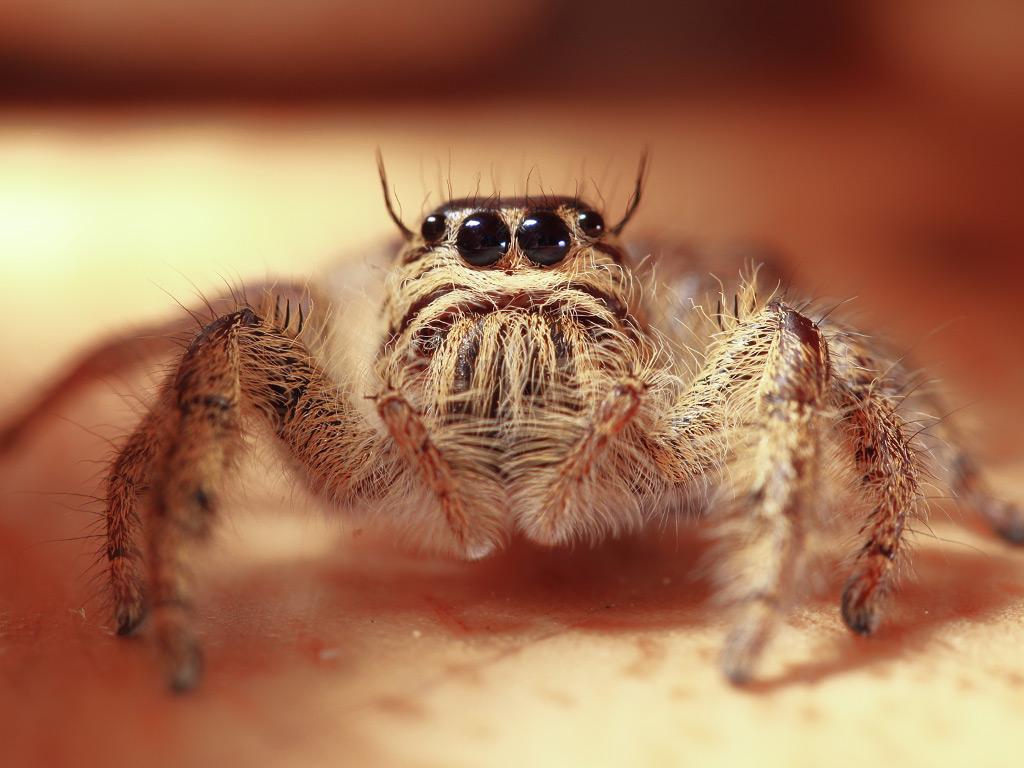What do jumping spiders look like?
While color varies by species, jumping spiders may be black, brown, tan, or gray and usually have pale markings. Adult jumping spiders’ bodies measure anywhere from 1/8 to ¾ of an inch long.

When are jumping spiders most active?
Biology of jumping spiders
Jumping spiders are accurately named as they are capable of leaping as high as 25 times their own size. Not only is this an impressive feat, but it also makes them extremely capable predators when used in conjunction with their excellent eyesight and swift reflexes.
When a jumping spider is moving from place to place, and especially just before it jumps, it tethers a filament of silk to whatever it is standing on. Should it fall for one reason or another, it climbs back up the silk tether.
Do jumping spiders build webs?
Unlike other types of spiders that build webs in order to catch other insects, jumping spiders build web retreats for the purpose of molting, laying eggs, resting at night, etc.
What do jumping spiders eat?
Although jumping spiders don’t catch insects in their webs, they do eat them. Using their superior eyesight to distinguish and track insects, they’ll pounce, inject their venom, and then enjoy the efforts of their hunting/stalking.
Are jumping spiders dangerous?
Jumping spiders may bite as a method of defense but they are not a medical threat to people.
How do I get jumping spiders?
Jumping spiders are not a common house-infesting arachnid, preferring outdoor environments with plenty of sun and vegetation. They may, on occasion, enter homes but it’s usually on plants, people, or something else carried indoors.
How do I get rid of jumping spiders?
At Greenway Pest Solutions, our local pest control company specializes in spider control and is ready to eliminate spiders and the insects that attract them.









